City of Noise
STUDIES IN SENSORY HISTORY
Series Editor
Mark M. Smith, University of South Carolina
Series Editorial Board
Martin A. Berger, University of California at Santa Cruz
Constance Classen, Concordia University
William A. Cohen, University of Maryland
Gabriella M. Petrick, New York University
Richard Cullen Rath, University of Hawaii at Mnoa
City of Noise
Sound and Nineteenth-Century Paris
AIME BOUTIN
UNIVERSITY OF ILLINOIS PRESS
Urbana, Chicago, and Springfield
2015 by the Board of Trustees
of the University of Illinois
All rights reserved
Manufactured in the United States of America
1 2 3 4 5 C P 5 4 3 2 1

This book is printed on acid-free paper.
Library of Congress Cataloging-in-Publication Data
Boutin, Aime, 1970
City of noise: sound and nineteenth-century Paris /
Aime Boutin.
pages cm. (Studies in sensory history)
Includes bibliographical references and index.
ISBN 978-0-252-03921-8 (cloth: alkaline paper)
ISBN 978-0-252-08078-4 (paperback: alkaline paper)
ISBN 978-0-252-09726-3 (e-book)
1. Paris (France)History19th century.
2. Paris (France)Social life and customs19th century.
3. City noiseFranceParisHistory19th century.
4. Noise pollutionFranceParis.
5. Street vendorsFranceParisHistory19th century.
6. Urban renewalFranceParisHistory19th century.
7. Urban policyFranceParisHistory19th century.
8. City and town lifeFranceParisHistory19th century.
I. Title.
DC733.B68 2015
944.36106dc23 2014037009
Contents
List of Illustrations
Acknowledgments
Completing this book would not have been possible without the support and assistance of my colleagues, friends, and family. I would like to thank Professors Richard Cullen Rath and Mark M. Smith as well as Dr. Regier Willis and his team at the University of Illinois Press. Jeremy Popkin gave me some helpful advice that proved formative early on in the projects development, whereas David Howes provided instrumental feedback toward its end. I thank Helen Abbott, Elizabeth Emery, Stephanie Leitch, Martin Munro, Charles Upchurch, Lauren Weingarden, and Seth Whidden for their feedback on selected chapters. I am also grateful to Priscilla Ferguson, Catherine Nesci, and Cheryl Krueger for their insights on the flneur and the senses. Nate Johnson, Leonard Reidy, and Karen Hallman helped make the writing effective. Special thanks goes to William Cloonan for arranging research leave. Arnaud Bernadet and McGill University Library facilitated productive summer research in Montreal. This book would not have been possible without the support of the FSU Council on Research and Creativity and of my colleagues and graduate students at Florida State University. Most of all, I have my family to thank for their patience, support, and encouragement.
An early investigation into street cries appeared as Sound Memory: Paris Street Cries in Balzacs Pre Goriot, French Forum 30.2 (2005): 67-78, published by the University of Nebraska Press. Material from chapter 1 was published as Aural Flnerie," in Dix-Neuf: Journal of the Society of Dix-Neuvimistes 16.2 (2012): 149-61, distributed by Maney Publishing at www.maneyonline.com/dix. I am grateful for permission to reuse this material.
Introduction
On July 4, 1835, the day John Sanderson (1783-1844) set foot in Paris for the first time, the street noise so overwhelmed him that he felt that Paris was ahead of [his] experience:
As for the noise of the streets, I need not attempt to describe it. What idea can ears, used only to the ordinary and human noises, conceive of this unceasing racketthis rattling of the cabs and other vehicles over the rough stones, this rumbling of the omnibuses. For the street criesone might have relief from them by a file and handsaw.First the prima donna of the fish-market opens the morning: Carpes toutes fraches; voil des carpes! And then stand out of the way for the glazier: Au vitriere! [sic] quavering down the chromatic to the lowest flat upon the scale. Next the iron-monger with his rasps, and files and augers, which no human ears could withstand, but that his notes are happily mellowed by the seller of old clothes: Marchand de drap! in a monotone so low and spondaic, and so loud as to make Lablache die of envy. About nine is full chorus, headed by the old women and their proclamations: Horrible attentat contre la vie du roi Louis Philippeet la petite chienne de Madame la Marquisegare dix heuresLArchevque de ParisLe Sieur LacenaireLouis-Philippe, le Procs monstreet tout cela pour quatre sous! Being set loose all at the same time, tuned to different keys. All things of this earth seek, at one time or another, reposeall but the noise of Paris. The waves of the sea are sometimes still, but the chaos of these streets is perpetual from generation to generation; it is the noise that never dies.
Gilman, who made a compilation for the magazine, found the cries of Paris the most musical he had heard.
It was not only foreign tourists who sought to characterize the ambiance of a city newly encountered. Arriving in Paris for the first time, migrants from the French provinces were frequently struck deaf by the overpowering and disorienting noise. Henry Martin (1810-1883), for example, came to Paris from Picardie at the beginning of the year 1830 and wrote with awe about what he heard his first morning in Paris:
We will never forget our first morning waking up as a Provincial in Paris, the day after our arrival: those thousand intonations, that seize our attention by their bizarre affectation, and often resemble the monotonous chants of maniacs, have on whomever hears them for the first time, an effect that the born and bred Parisian rocked by these strange voices since birth, would never suspect.
Again, the chorus of street cries rises above the clamor. They strike the ears because of their bizarreness, an incongruity this book aims to explore. Newcomers hear the cries of small-scale itinerant tradesmen that most of the residents, born and bred Parisians, no longer pay attention to. Those who experience a place for the first time are often more sensitive to the sounds that residents take for granted; foreign tourists, visiting scholars, or new immigrants from the provinces who wrote about their move, and literary guidebooks promoted to Parisians and newcomers alike, provide important records of the ambiance of the city. Street cries were not insignificant sounds; rather they signify the economic abundance and disparities of the capital, the coexistence of old and new traditions, the vibrancy of the streets or the weariness of street noise. Peddlers circulated meaningful sounds that triggered a defining affective relationship to street life, connected and divided social classes, and disseminated popular sounds into highbrow works of literature, music, and the visual arts.
City of Noise adopts a sensory approach to understanding the city as a sonic space that orchestrates different, often conflicting sound cultures. I show how city noise heightens the significance of selective listening in the modern urban condition and argue for an aural rather than visual conception of modernity. Urban renewal in nineteenth-century Paris did not mark the beginning of a period of diminution of sound, but rather it was a time of increasing awareness of, and emphasis on, noise. By reconsidering the myth of Paris as the city of spectacle, where the flneurs scopophilia reigns supreme, this book attends to what has been silenced by the visual paradigm that still prevails in nineteenth-century French cultural studies. Visual studies privilege the eye over the other senses, and, accordingly, see the nineteenth century as a period in which the supremacy of the visual was entrenched. New approaches to the humanities and social sciences, namely sensory studies and sound studies, aim to make sense of modernism in a broader sensorial field.


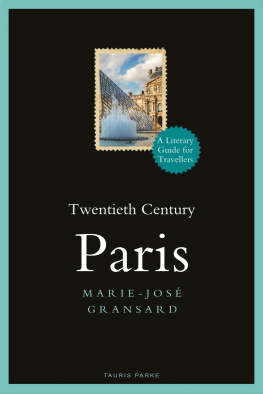
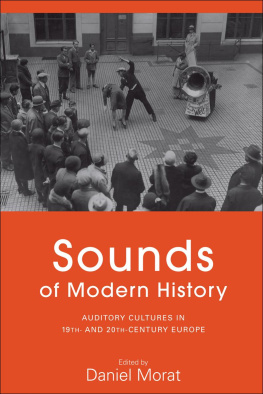
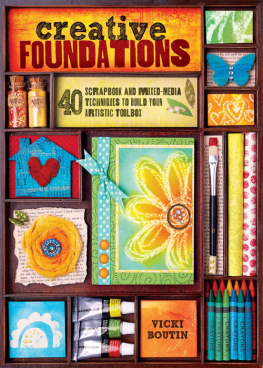

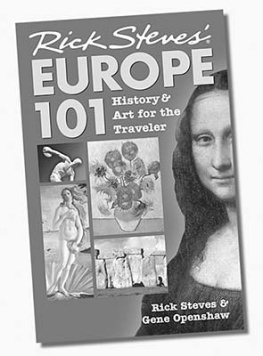
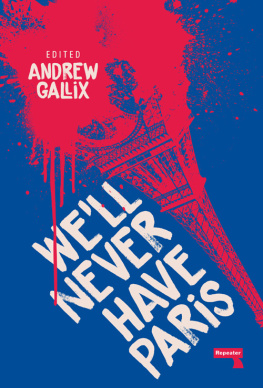

 This book is printed on acid-free paper.
This book is printed on acid-free paper.